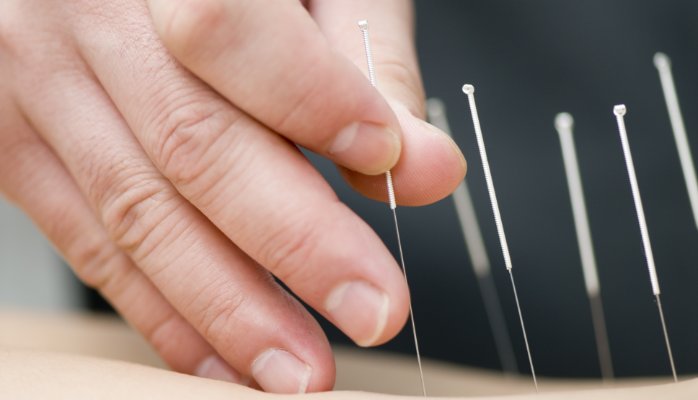The use of electronic health records (EHRs) in the emergency department can be a critical step in the process of improving overall patient care. EHRs are a great example of how embracing new technology can provide long-term benefit to patients and staff, despite the short-term woes that may present themselves during implementation and integration. (Some hospital leaders, ED physicians and staff have, rightfully so, been hesitant to switch over to EHRs because of these short-term challenges. Nonetheless, the positives appear to outweigh the negatives in regard to electronic health records.)
Let’s look at a few benefits of electronic health record systems and how using them can improve patient care in emergency departments.
Easy Access to Patient Information
Getting a patient’s vital medical information is quick and easy thanks to EHRs. All the information you need to provide quality care in a timely manner to your patients is available in one digital location. Important information such as past medical history, immunizations, lab data and medications are right at your fingertips. And most importantly, the frustration of trying to decipher another healthcare provider’s handwriting is no longer a worry.
Clinical Decision Support
Clinical decision support (CDS) systems can be integrated into EHR systems to help providers make decisions on patient treatments, prescriptions and overall patient care plans. So what is a CDS?
“Some functionalities of a CDS system include providing the latest information about a drug, cross-referencing a patient allergy to a medication, and alerts for drug interactions and other potential patient issues that are flagged by the computer,” cites a reportpublished in the Journal of Risk Management Healthcare Policy. “With the continuous growth of medical knowledge, each of these functionalities provides a means for care to be delivered in a much safer and more efficient manner.”
Computer Physician Order Entries
Thanks to computer physician order entry (CPOE) systems, medical errors stemming from illegible or incomplete drug and lab test orders can be reduced. CPOE systems combined with electronic health record and clinical decision systems harness the efficiencies of each to reduce the potential for error and provide patients more efficient and higher quality care.
Health Information Exchanges
Health information exchanges (HIE), which share patient information between providers, allow for a continuity of care that pen and paper are unable to provide.
“Over a lifetime, much data accumulates at a variety of different places, all of which are stored in silos,” researchers note. “Historically, providers rely on faxing or mailing each other pertinent information, which makes it difficult to access in “real time,” when and where it is needed. HIE facilitates the exchange of this information via EHRs, which can result in much more cost-effective and higher-quality care." Just as easy access to patient information within the ED can improve care, providing this ease of access across the spectrum of healthcare providers will have a ripple effect that positively impacts the industry as a whole.
But implementing EHRs in the ED is no easy task. It’s daunting to switch systems while still being expected to provide the same high quality of care your patients deserve and are accustomed to. The benefits of EHRs, however, are promising and have the potential to dramatically improve patient care within the emergency department while lowering costs across the board. As the long-term effects of EHR use are studied, improvements in the implementation and integration of this digital technology will surely follow.
How has your ED fared when it comes to utilizing electronic health records? What benefits are you seeing? Feel free to drop me a line or comment below
SOURCES: Journal of Risk Management Healthcare Policy: “Benefits and drawbacks of electronic health record systems.”
HealthIT.gov: “Benefits of Electronic Health Records (EHRs).”



















